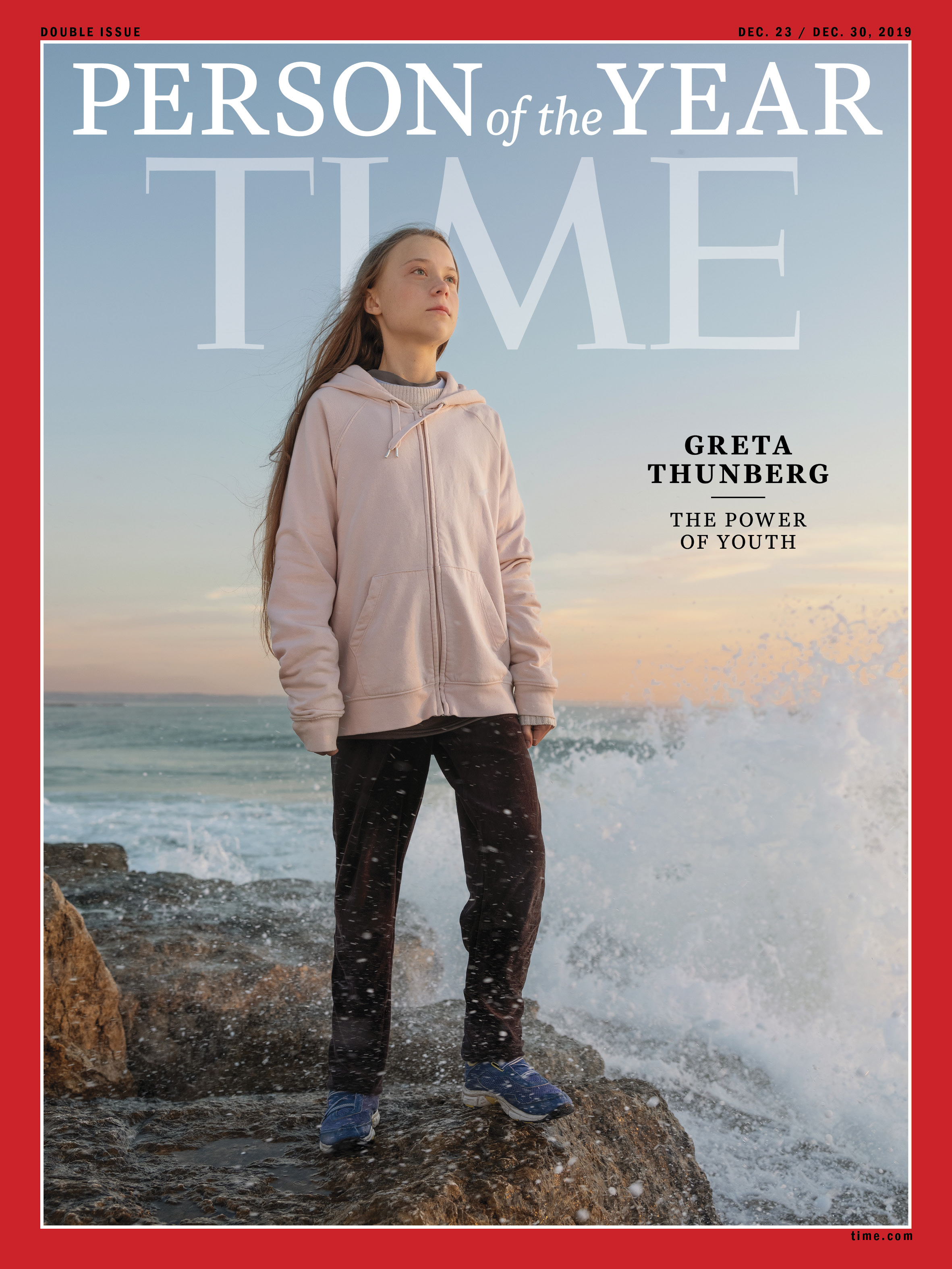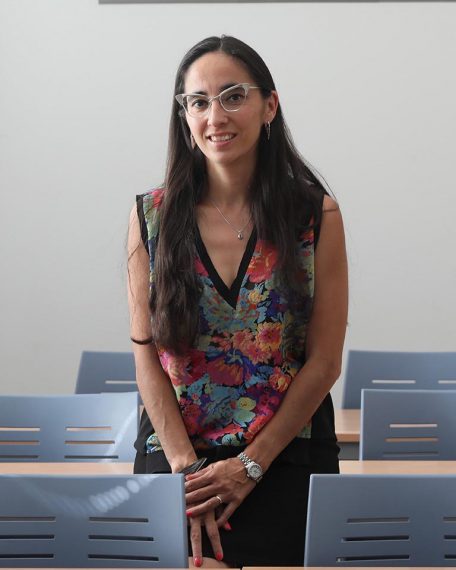La Navidad es el tiempo de la infancia...
La caridad no es ni
será suficiente para erradicar la pobreza, la desigualdad o las
injusticias,
ni puede ser sustituta de las políticas públicas,
porque no
se basa en derechos,
sino en la voluntad de quien tiene de ayudar a
quien no tiene.
Lina Gálvez,eldiario.es.
El
patrimonio, la renta, el acceso a servicios básicos como la educación y
la sanidad,
y a los recursos productivos son tremendamente desiguales
entre familias,
y esa desigualdad arroja a millones de personas a la
pobreza y la exclusión social.
 |
| UNICEF / CAROLINA SÁINZ |
La Navidad es el tiempo
de la infancia. Los espectáculos, las tiendas, las leyendas o las
historias sagradas… todo gira en torno a ella. Es también cuando los
adultos volvemos a mirar el mundo a través de los ojos de esa niña o
niño que aún llevamos dentro.
Recordamos los sabores de nuestros
primeros años, los regalos que más nos ilusionaron, llevamos a nuestras
criaturas a ver la cabalgata de Reyes a la que nuestros padres nos
llevaban antes a nosotros... Todo ello nos conmueve, nos ablanda y nos
vuelve más caritativos de lo que somos el resto del año, aunque nunca lo
suficiente, porque nunca puede ni debe ser suficiente.
Ayer
mismo, en una carnicería, una chica muy joven nos pedía a los clientes
que esperábamos turno que por favor le compráramos comida. Para
convencernos de que era una madre necesitada, nos enseñaba las fotos de
su bebé e incluso vídeos en el móvil con su marido y su hijo jugando en
la cama. Nos quería convencer de que era verdad que tenía un hijo
pequeño, pero como no se comportó como se espera que haga una persona
pobre, ni su apariencia se asemejaba al estereotipo de una persona
pobre, no obtuvo la caridad que podría haber recibido si su aspecto
hubiera sido otro, si hubiera actuado de manera distinta o nos hubiera
mostrado un móvil de otro modelo o ninguno en absoluto. Ese es el
problema de la caridad, que puede ser arbitraria, caprichosa y
prejuiciosa.
La caridad es una virtud que nunca debemos dejar de
ejercer ni de inculcar a nuestros hijos. Pero nunca es ni será
suficiente para erradicar la pobreza, la desigualdad o las injusticias,
ni puede ser sustituta de las políticas públicas, porque no se basa en
derechos, sino en la voluntad de quien tiene de ayudar a quien no tiene.
Lo
más seguro es que esa mujer y su bebé necesitaran de verdad una ayuda,
porque el día a día, y también las Navidades, son muy distintos en cada
familia. Y no me refiero a las tradiciones y particularidades de cada
hogar, ni siquiera a la infelicidad de cada casa que, como diría
Tolstoi, cada familia vive a su manera. Me refiero a las condiciones
materiales de cada hogar, al diferente acceso a los recursos, a la falta
de capacidades, que se retroalimentan y que multiplican
exponencialmente las privaciones, sobre todo las de la infancia,
provocando que desemboquen en una absoluta falta de oportunidades reales
en la vida adulta. El lugar de nacimiento, los ingresos familiares, el
género o el hecho de tener una discapacidad condicionan en gran medida
el bienestar actual y los logros posteriores de esos niños y niñas en la
vida adulta, que dependen asimismo de la coyuntura económica, las
políticas públicas, la extensión de los estados de bienestar e incluso
las normas sociales y las relaciones de género imperantes.
El
patrimonio, la renta, el acceso a servicios básicos como la educación y
la sanidad y a los recursos productivos son tremendamente desiguales
entre familias, y esa desigualdad arroja a millones de personas a la
pobreza y la exclusión social. Los datos son contundentes. En la Unión
Europea, que no solo es una de las zonas de mayor renta del planeta,
sino la que tiene los servicios sociales y los estados de bienestar más
desarrollados, el 24,3% de los niños y niñas estaba, con datos de 2018,
en riesgo de pobreza y exclusión social. Uno de cada cuatro vive en
hogares que sufren falta de ingresos o de acceso a servicios básicos
como comida, vivienda, educación o sanidad. Y once millones sufren de
privación material. Normalmente, esas privaciones están
interrelacionadas, ya que la pobreza, además de ser una medida vinculada
con los ingresos monetarios, tiene un carácter multidimensional, como
también lo tiene el bienestar, y debemos asociarla no solo a los
resultados obtenidos por las personas, sino a sus capacidades reales, a
la auténtica libertad que aquellas poseen para ser y hacer.
La
pérdida de capacidades durante la infancia no siempre es recuperable en
la vida adulta y condiciona la vida futura de las personas a lo largo
de su ciclo vital.
Pero la pobreza y las desigualdades no son ni
inevitables, ni la responsabilidad individual de cada persona.
Se
necesitan políticas públicas adecuadas, que sean integrales y
coherentes, en particular las que afectan directamente a la infancia.
Uno
de los objetivos que se ha fijado la nueva Comisión Europea es el programa de Garantía Infantil, precisamente para abordar las alarmantes
cifras de pobreza infantil en una sociedad tan opulenta como la nuestra.
La presidenta Ursula Von der Leyden anunció que este programa servirá
para asistir a cada niño o niña que esté necesitado. De esa manera, la
Garantía Infantil Europea recoge el guante lanzado por el Parlamento
Europeo con el fin de asegurar que cada niño y niña en riesgo de pobreza
y exclusión social en Europa tenga acceso a los servicios más básicos,
como la sanidad y la educación.
Se trata de una
iniciativa política esbozada en la etapa anterior, como consecuencia de
la puesta en marcha del Pilar Europeo de los Derechos Sociales en 2017.
Pero es una iniciativa que lleva dos años de retraso respecto al plan
previsto y que deberá ser desarrollada durante la actual legislatura.
Para ello se prevé dotarla con 5,9 billones del Fondo Social Europeo
Plus (FSE+), que se sumarán al compromiso de los estados miembros de
asignar a esta Garantía Infantil el 5% de la cantidad que reciba cada
uno de dicho fondo.
La orientación que se le quiere
dar a este programa, inspirado en la defensa de los derechos de la
infancia y diseñado de manera transversal e integral, es correcta.
Se
espera que las acciones presten especial atención a la cobertura de las
necesidades básicas, el acceso a los servicios públicos y la consecución
de condiciones estables para que los progenitores puedan ejercer una
maternidad y una paternidad responsables, que sin duda deberían incluir
la disposición de tiempo para estar con sus hijas e hijos. Ahora bien,
independientemente del mayor o menor alcance de su presupuesto, este
programa no tendrá la capacidad transformadora que se espera de él si no
se emprenden otros cambios de mayor calado.
La
cobertura de las necesidades básicas o el logro de condiciones estables
para los progenitores pasan por la existencia de empleos suficientes y
de calidad para todas las personas, con horarios decentes que permitan a
los progenitores conciliar el empleo con la crianza y a los padres
corresponsabilizarse en ese proceso. Pero la realidad es que cada vez
aumenta más la desigualdad primaria, al ocupar los salarios un menor
porcentaje del PIB; que la legislación laboral cada vez es más laxa y va
al remolque de las nuevas formas de trabajo, que dejan a millones de
trabajadores desprotegidos y en riesgo de pobreza; que la nueva
revolución tecnológica amenaza con hacer redundantes cientos de miles de
puestos de trabajo sin que la mayor parte de la población posea las
cualificaciones que se requerirán para los nuevos empleos que se
generen; y que la igualdad de género en los hogares y en los mercados
está muy lejos de conseguirse, algo que no es independiente de la
sobrerrepresentación de los hogares monomarentales entre los que están
en riesgo de pobreza y exclusión.
Del mismo modo, es
difícil garantizar el acceso en igualdad a servicios básicos como la
sanidad, la educación y los vinculados a la dependencia, si no se mejora
la capacidad redistributiva de los estados y el funcionamiento de los
estados de bienestar, condicionados por la existencia de una
financiación adecuada que, por supuesto, depende a su vez de una
fiscalidad justa y progresiva, cada vez más lejos de nuestro alcance
dados los desequilibrios de poder que sufrimos y el triunfo de relatos
contrarios a la justicia fiscal. Los riesgos a los que nos enfrentamos a
lo largo de nuestro ciclo vital están, cada vez más, en estrecha
relación con la manera en que nos incorporamos y somos, o no, capaces de
mantenernos en los mercados de trabajo, así como con el patrimonio que
tengamos para hacer frente a las contingencias de la vida. Pero todos
esos ámbitos están preñados de desigualdad y las políticas económicas y
fiscales no solo no están corrigiéndola, sino que la están exacerbando.
La Garantía Infantil Europea que prevé poner en marcha la Comisión Europea
es una buena iniciativa, pero si no se avanza igualmente en justicia
fiscal y mayor participación ciudadana, algo que necesariamente pasa por
un cambio en las políticas económicas y en las ideas que les sirven de
base, que han de permitir tener empleos y vidas dignos a los
sustentadores de las familias en las que crecen los niños y las niñas,
solo conseguiremos poner parches, tan necesarios e insuficientes como la
caridad. Necesitamos abordar los desequilibrios de poder y las
desigualdades que no paran de crecer con otras políticas económicas y
fiscales, que promuevan el bienestar para la mayoría y no la indecente
concentración de la riqueza en muy pocas manos, de cuya voluble y
prejuiciosa voluntad dependa, tal y como ocurre en Navidad, el alivio
pasajero de quienes más dificultades sufren.






